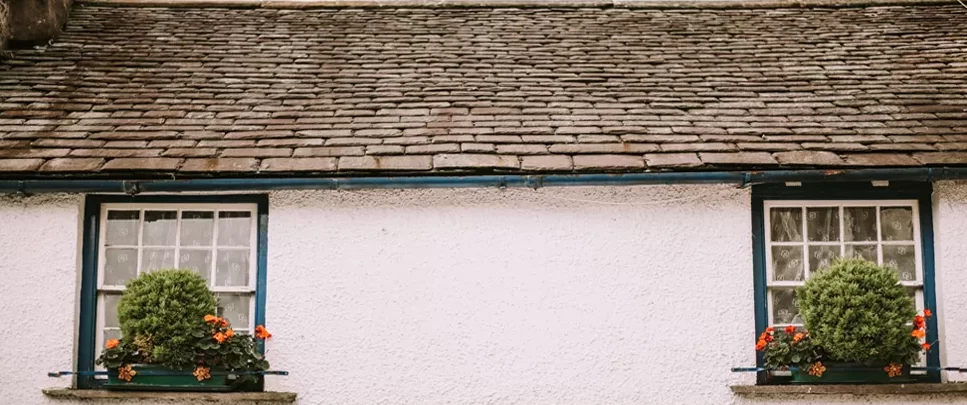

Will I pay higher stamp duty on a buy-to-let property?
How much stamp duty do I need to pay?
Since policy changes came into effect, the majority of buy-to-let properties and second homes now attract an additional 3% stamp duty surcharge.
How is stamp duty decided for buy-to-let properties?
Second home or buy-to-let owners will now pay a 3% additional rate of Stamp Duty Land Tax (SDLT). This change came into effect on 1st April 2016. According to GOV.UK, “You’ll usually have to pay 3% on top of the normal SDLT rates if buying a new residential property means you’ll own more than one.”
Sound confusing? We suggest using this tool to calculate it:
www.tax.service.gov.uk/calculate-stamp-duty-land-tax
It is the responsibility of your solicitor to pay Stamp Duty, so not something that we advise on here at Vincent Burch. Find out more about SDLT here: www.gov.uk/stamp-duty-land-tax
Why the change in stamp duty?
The current government felt that there were too many landlords, being too competitive and pricing out the first-time buyer. The recent policy change allows first-time buyers to get on the property ladder. The evolution of this policy, as we’ve recently seen, is that the government has cut Stamp Duty on the first £300k of property value for first-time buyers.
If I buy a property as a limited company then there’s no additional stamp duty, right?
Wrong. If you own another residential property, whether limited company or your own name, then there will be stamp duty to pay.
If you buy a property in joint names, there are a couple of ways to approach it: joint tenancy or tenancy in common. A solicitor will advise you on the options, advantages and disadvantages of each.
Joint tenancy is where you buy a property together and each party has equal rights to the whole property. With tenancy in common, each party can own different shares of the property - for example, one party can own 95% and the other party can own 5%. This means that should the 5% party buy a second home they may not incur the 3% surcharge as they do not have a ‘major interest’ in an existing property. It is a tax advisor or a solicitor’s job to advise on this in detail and it is important to understand this is a very technical area HMRC may wish to challenge.
Can I opt to pay the additional SDLT rate on my smaller property?
If you own a buy-to-let (BTL) property and you plan to buy a bigger BTL property, it can be beneficial to move the smaller property into a limited company.
At the point your limited company purchases the smaller property, it pays the additional 3% on that property. Leaving you to buy the bigger property as your main home without the additional 3%, therefore reducing your tax exposure to the additional rate.
Recently, we have seen owners of large property portfolios move the properties into a limited company, which has incurred high stamp duty costs even though they already own the properties. You might question why they would make that move, and the answer is it depends on how long they want to keep the portfolio. If you want to keep it for 10 years, then chances are it will be financially beneficial to move it to a limited company. Again, this is a specialist tax area and one we recommend you take advice on - we can recommend tax firms to you.
Do you have a question about financing your buy-to-let property? Give us a call on 01603 340644.
Get a Mortgage Quote
Advice that’s tailored to your own bespoke situation.
Enter your contact details and we’ll contact you back within 1 hour (during normal business hours).

No Broker Fee*
Let Vincent Burch Mortgage Services arrange the best mortgage available for your circumstances.
To request a phone call from one of our advisors, please submit your details above and we will contact you at the earliest possible time.